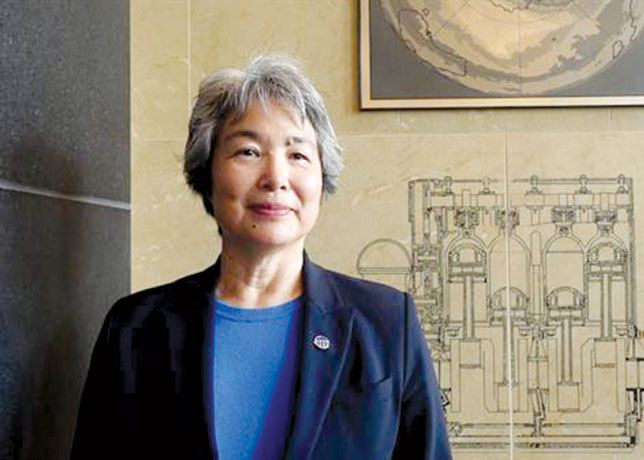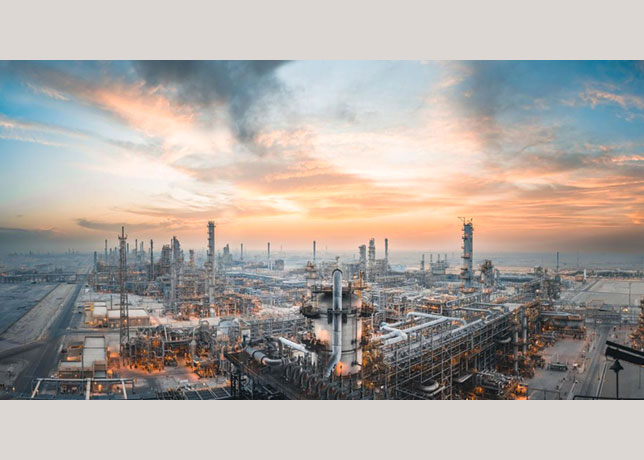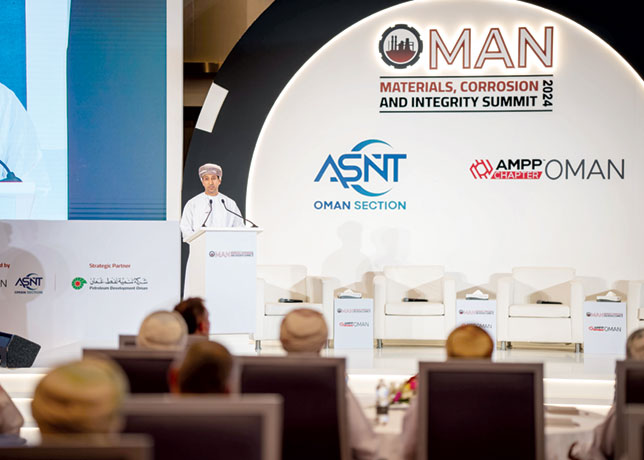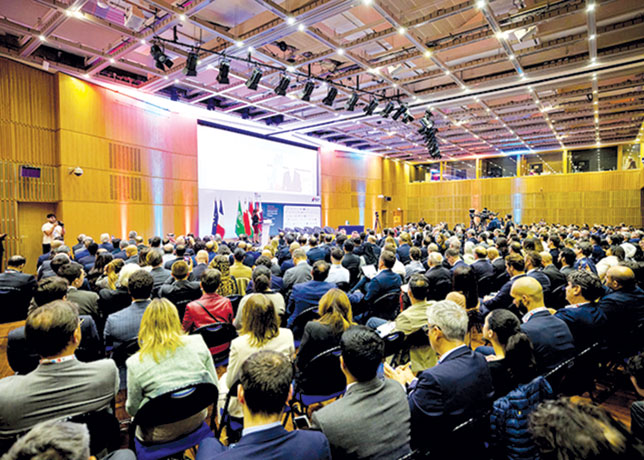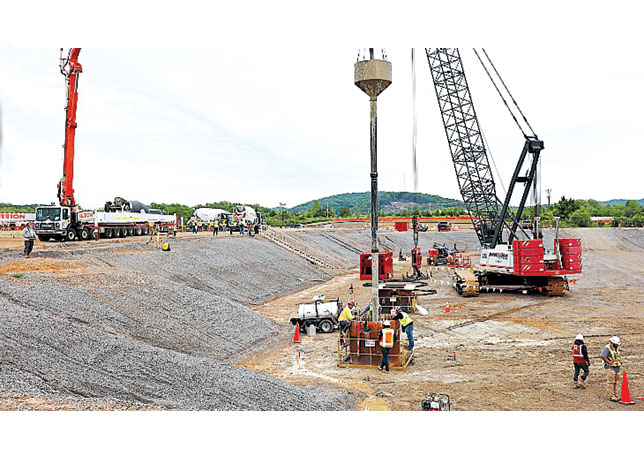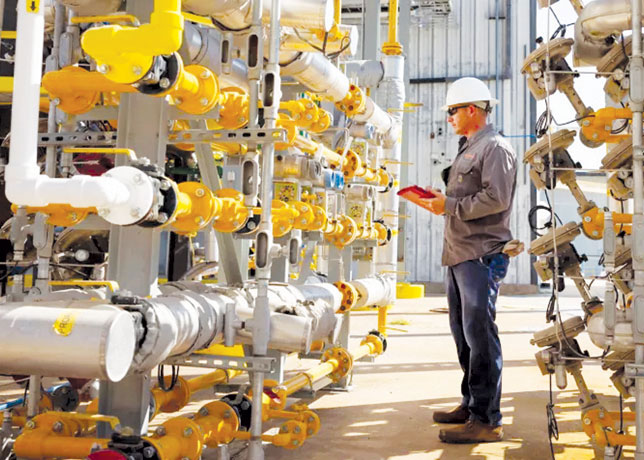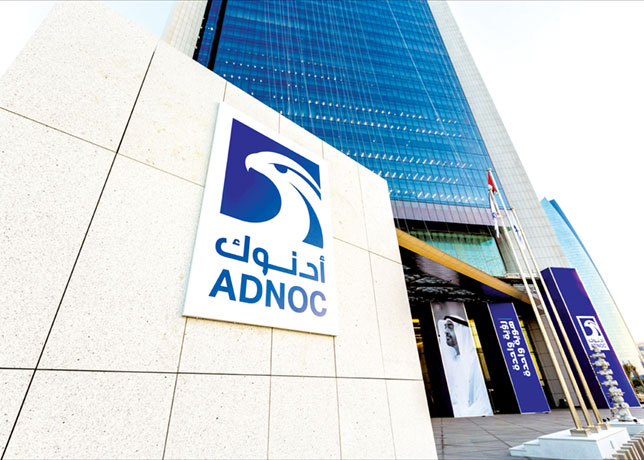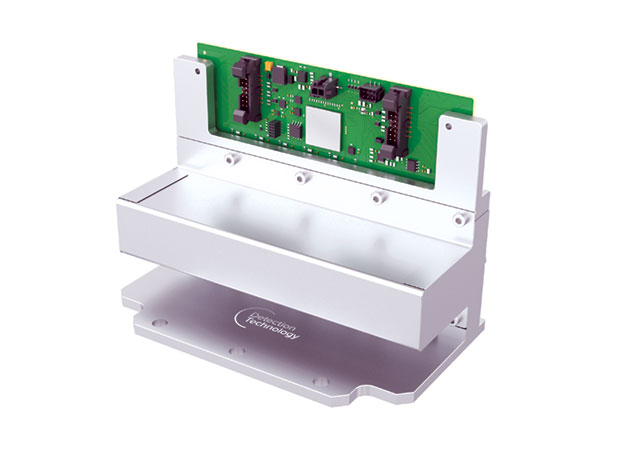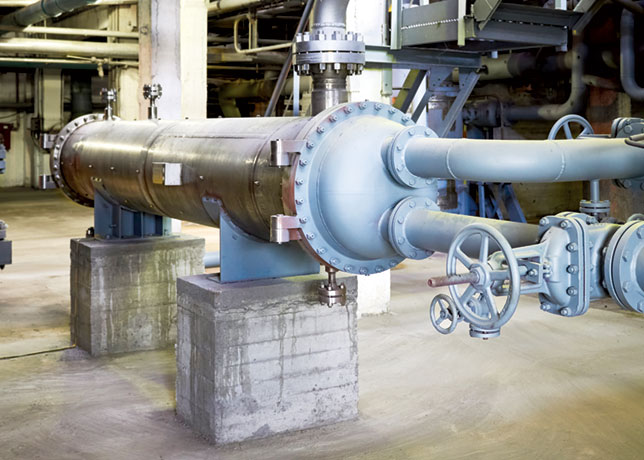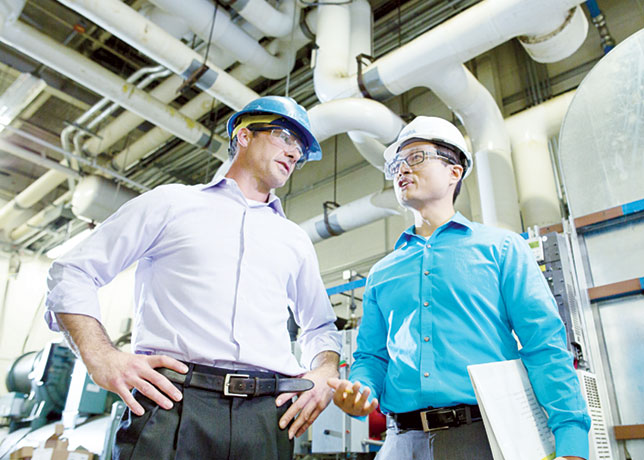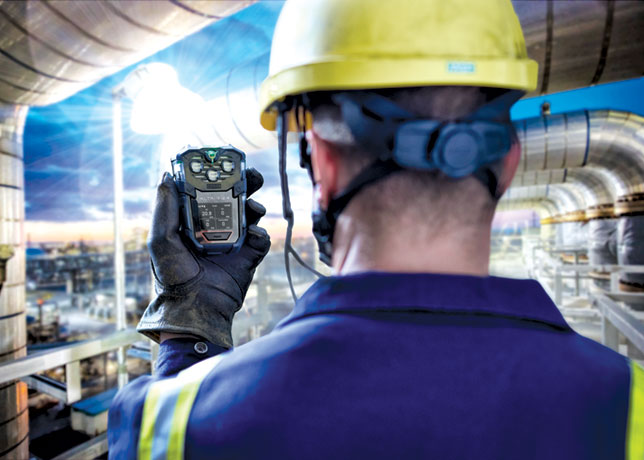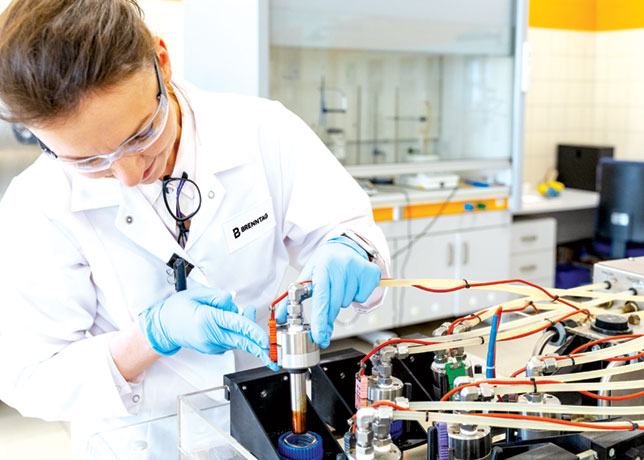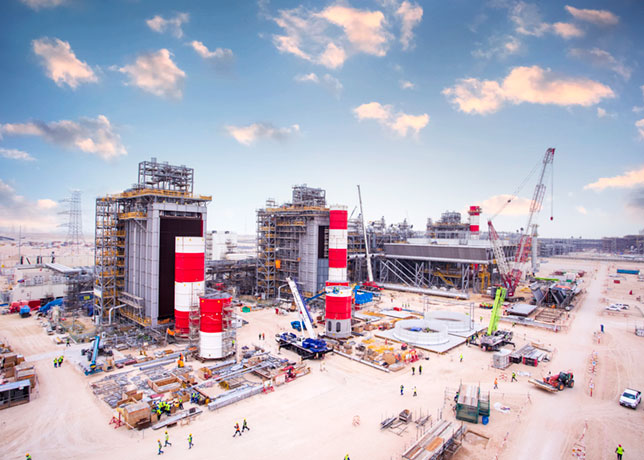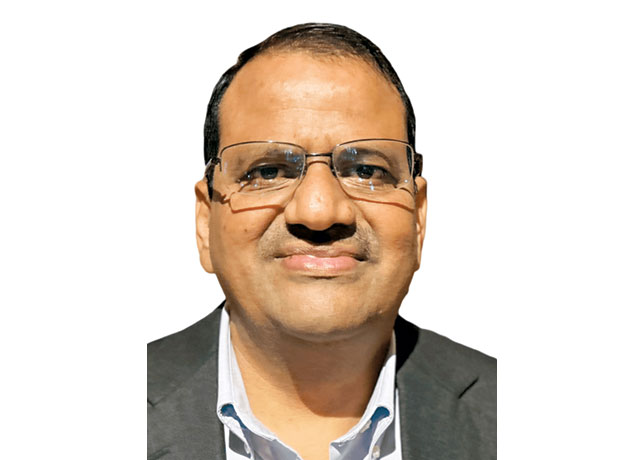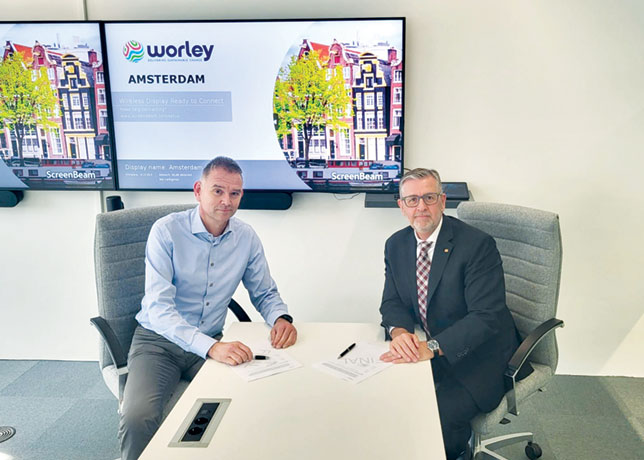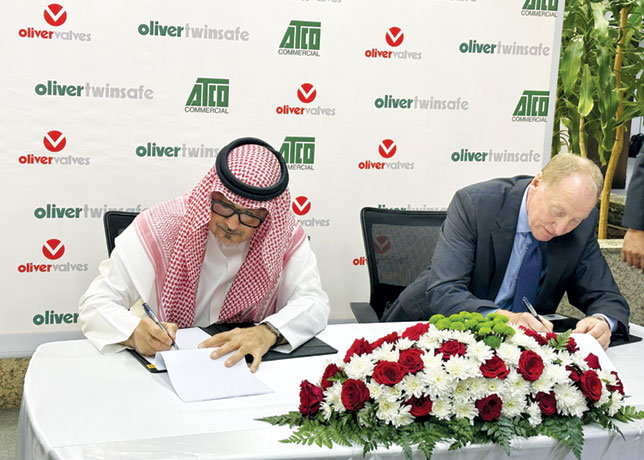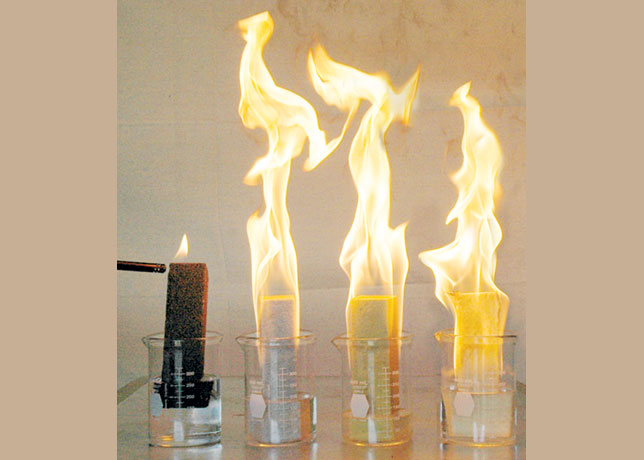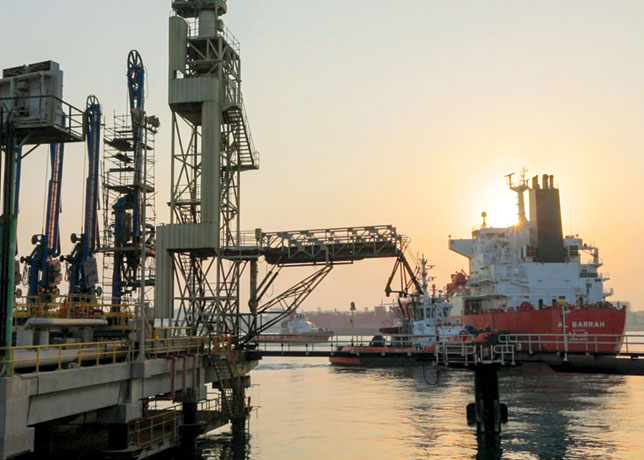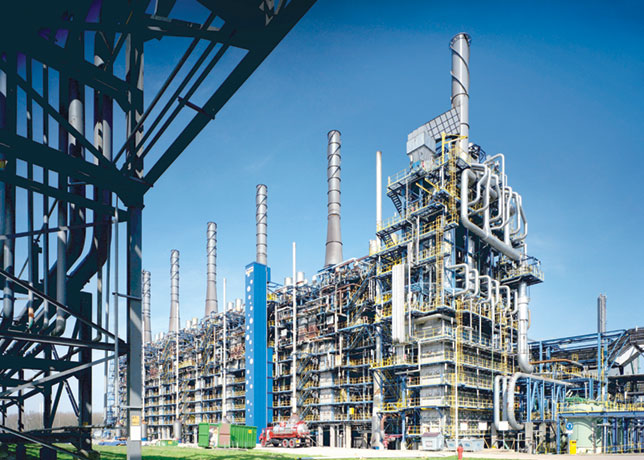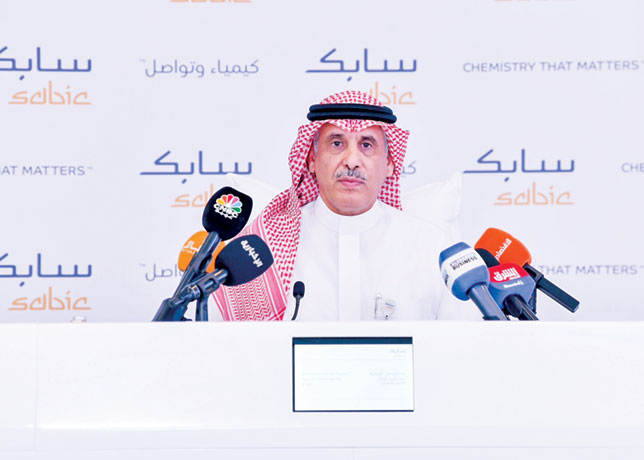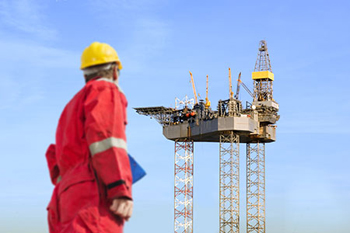
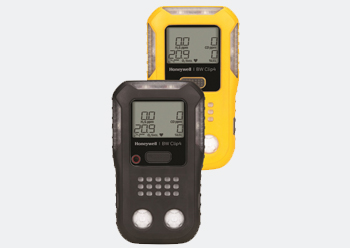 Honeywell’s BW Clip4
Honeywell’s BW Clip4
Honeywell has announced the introduction of the BW Clip4 to the Middle East, a new four-gas, portable monitor that once turned on can operate continuously for two years without the need to change sensors or charge batteries, helping customers boost safety compliance and reduce maintenance costs.
With safety and sustainability a priority of regional government agendas, the non-charging BW Clip4 is an energy efficient life-saving gas detecting technology suitable for a wide range of industries including oil and gas, wastewater management, manufacturing, construction, pharmaceuticals and other applications.
The BW Clip4 is cheaper to own and operate than other solutions on the market, and the technology significantly reduces maintenance costs that are usually associated with fleets of portable gas detectors by eliminating repair work and the need to stock additional sensors and spare units. Because it is always on, the BW Clip4 helps drive safety compliance by assuring that workers wearing the device are always protected.
"The BW Clip4 operates on a fit and forget cycle-simply turn it on once and replace the detector two years later when the unit prompts you to do so," said Bishoy Gerguis, Portable Gas Detection Leader for Honeywell Industrial Safety, Middle East, Turkey and Africa (META). "The low-maintenance solution offers a whole new combination of benefits in multi-gas detection that haven not been possible until now: two years of battery runtime without re-charging or changing batteries, small size and ease-of-use, the functionality of a multi-gas detector, and improved safety compliance at a time when regional safety regulations are becoming stricter."
Using non-dispersive infrared (NDIR) technology, previously available only in fixed-gas detectors from Honeywell Analytics, the BW Clip4 consumes 1,000-times less battery power than a catalytic bead (pellistor) sensor, the traditional technology used to detect flammable gases in a portable device. Other features include:
• Simultaneous monitoring of H2S, CO, O2 and combustibles (LEL);
• Real-time display for instant gas readings even in non-alarm conditions, along with current gas concentration level and changes in atmospheric conditions.







